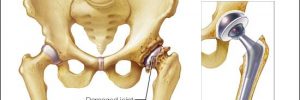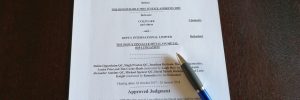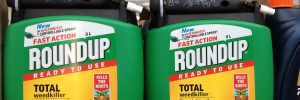
The Patient’s Experience When delivering product liability training we use case studies help develop people’s understanding of the law, showing how it applies in the real world of product design, manufacturing and marketing. My last post discussed the design and development of Depuy’s range of artificial hips, including the Pinnacle metal on metal (MoM) hip…. Read more »




